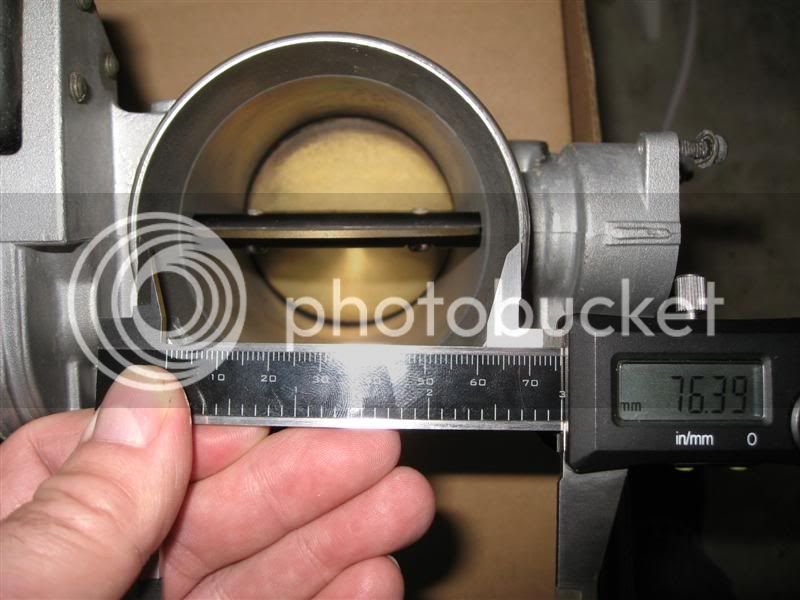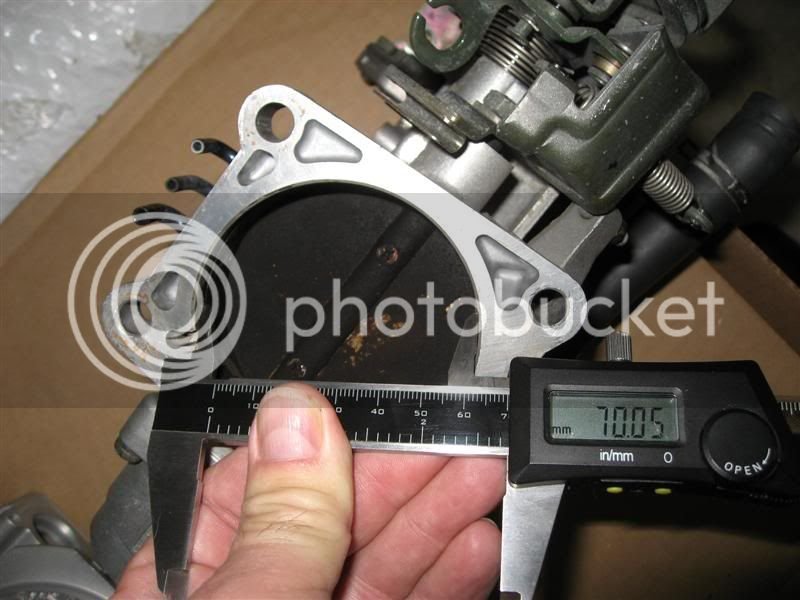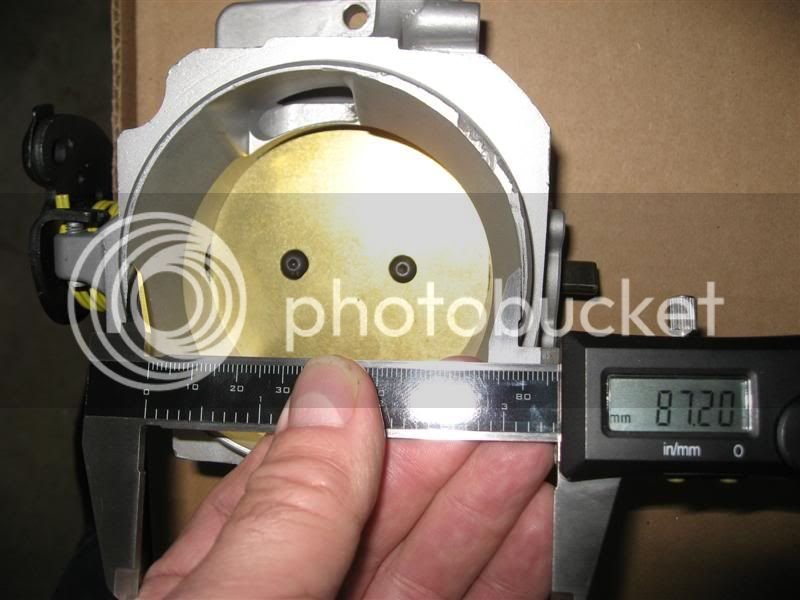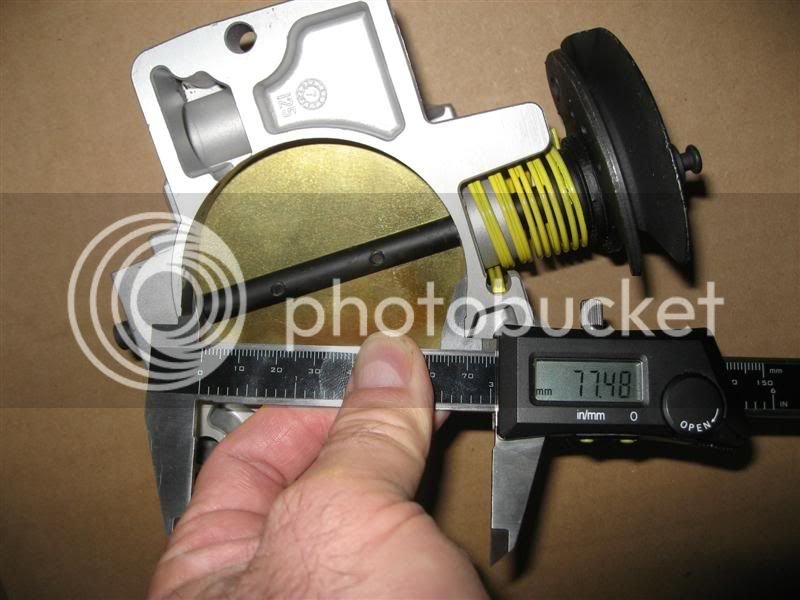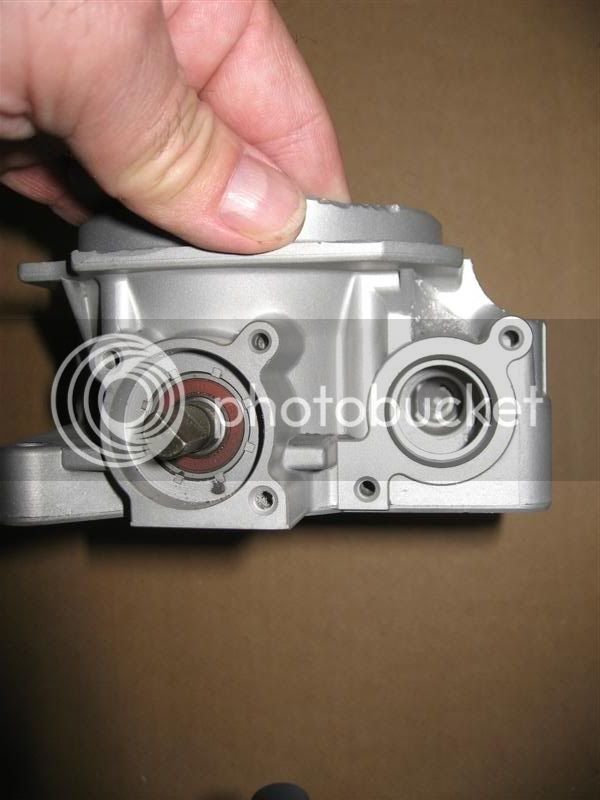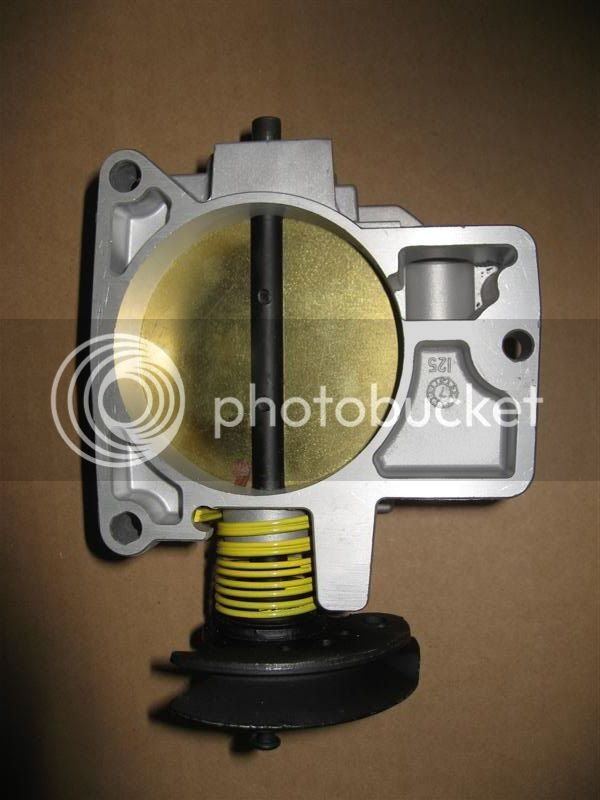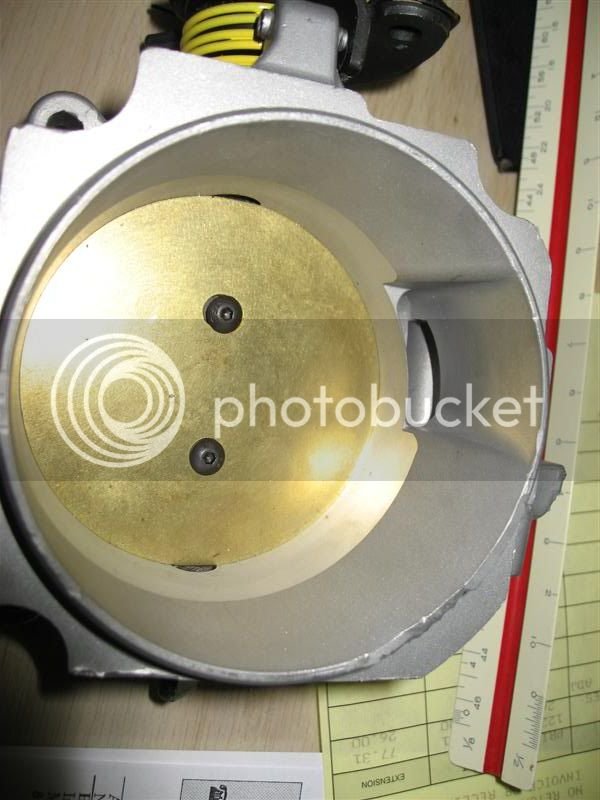Day 5 at the Dyno: An excellent day; Murphy must have taken the day off.
Started off by running a compression test, and HOLY MOTHER OF GOD - all cylinders were at
235-240 PSI!! Coming from Supraland, this figure is astronomical, and it's even 35% higher than the recommended 178 PSI shown in the 1UZ service manual. I've got to check that compression gauge.....
What was also surprising was that difference between cylinders was only 5 PSI. Not bad for a motor that hasn't done any hard pulls....yet.
Next, I put on the ghetto plug extenders that I purchased from McMaster Carr a couple months ago. I knew those little standoffs were going to come in handy someday. With the plug torqued in the well, its top is 95.5mm from the top of the plug well. The Mustang boots were 85mm tall, so I needed a 10.5mm extension just to touch the plug, with another 10mm minimum for good electrode engagement, so I needed a 21mm minimum standoff. In a flash of brilliance two months ago, I bought two sizes of these standoffs, a 16mm and a 5mm. Screwed together, and mounted on top of the plugs, they yielded exactly the 21mm extension that I needed. Spooky when things work out like that......
Here's a pic showing my ghetto extensions:
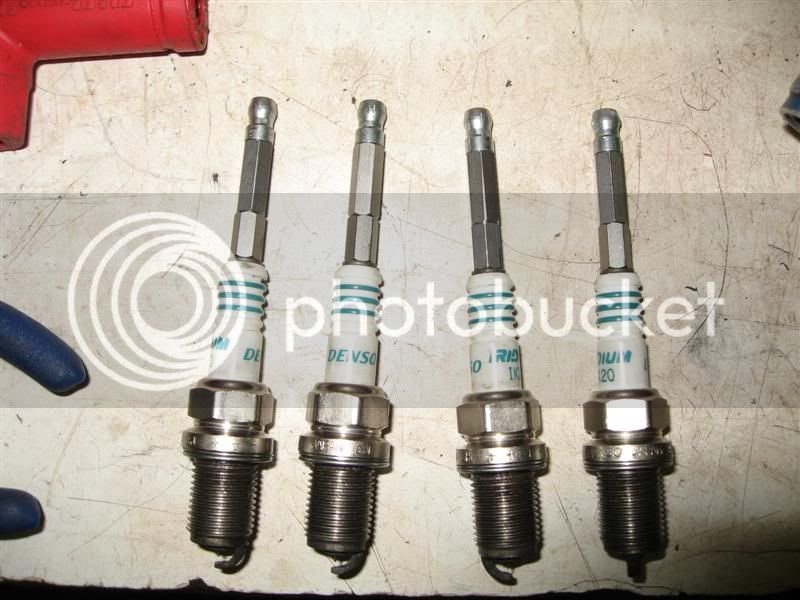
And wrapped with tape to keep from arcing over, since part of the electrode is now exposed in the spark plug tube:
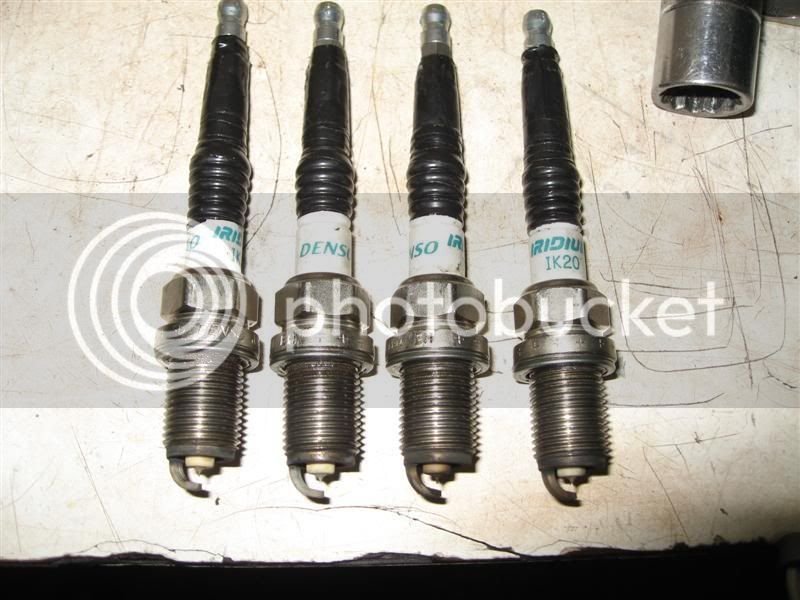
After this, I hooked up the MegaJolt Lite Jr. box and adjusted the map since I was starting with a Ford 4.6 motor's map, and it had way too much timing in the upper regions (46 degrees). Our 4 valve motors with pentroof chambers shouldn't require anywhere near that kind of advance (we rarely run over 35 with the Supras).
I really enjoy working with simple intuitive software like this. I'd never even cracked the manual for this thing, and just fired it up and waded into the map, and it was so simple to adjust. This is the way all software ought to be.
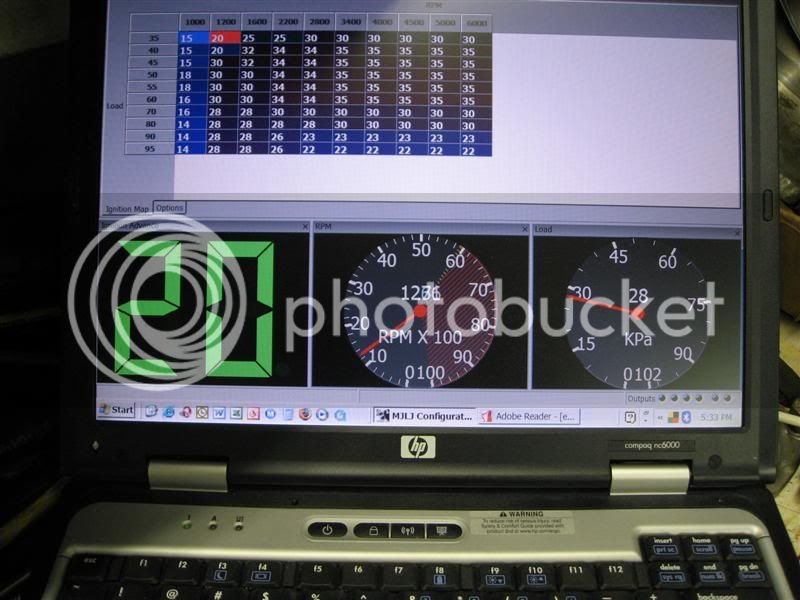
Cranked the motor without plugs but with the MJLJ controlling timing based on RPM and manifold vacuum, and watched the timing mark jump around, confirming everything was working.
Put the plugs back in and the leads fit fine this time and were well seated on my ghetto extenders. Next I asked Dan DaVinci to work his magic on the 750 double pumper, so he came around and adjusted the idle mix & jetting so that we had a 12.5 to 14:1 AFR.
Time to play Truth or Consequences. We fired the engine up and made a couple of quick power pulls to ensure everything was holding together and the motor was sealing OK, then we let 'er rip :yikes:
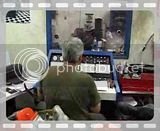
This run produced 244 lb-ft of torque @ 3100 RPM and 211 BHP @ 4900 RPM, corrected to 29.92 in Hg & 60 degrees F. Not the most impressive power to be sure, but I think several factors are affecting this:
1) the carburetor by its nature is an intake restrictor, so some power is being lost across its venturis.
2) The supercharger manifold isn't the most efficient design for handling air AND fuel, and it certainly wasn't designed to have a carburetor sitting on top.
3) The stock exhaust manifold is a real POS.
Other than the forged Wiseco's, some fancy (but not oversize) stainless valves, SiBr guides and BeCu seats, and some head porting, the motor is essentially stock. I'm sure some cams would probably wake this puppy up.
Thought it interesting the torque peak has now dropped from the stock peak @ 4400 to 3100, and I can only attribute this to the SC manifold and carburetor, unless the head porting has worked in reverse ;-) But keep in mind, the purpose of this test and this setup was not to make power - it was
only intended to break the motor in.
Here's the torque & HP curves (note we only measured from 3000 to 5000 RPM):
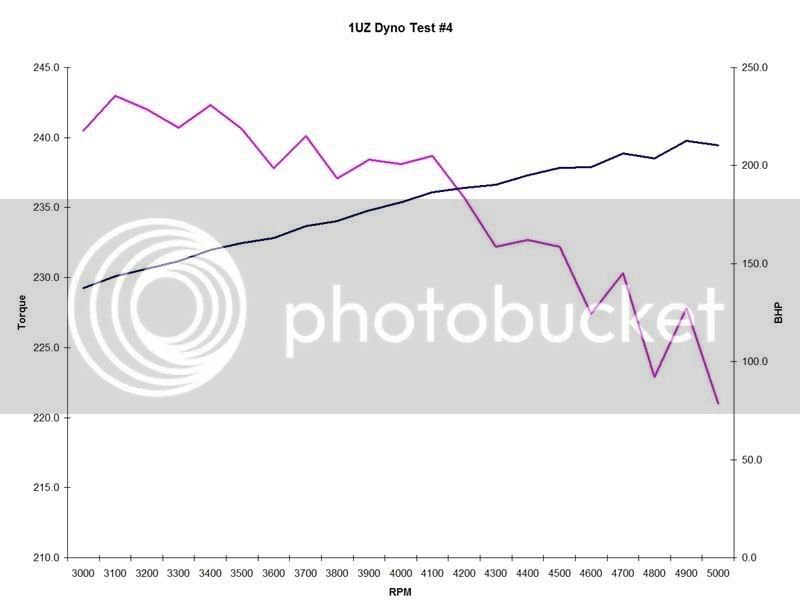
And the VE% and AFR curves:
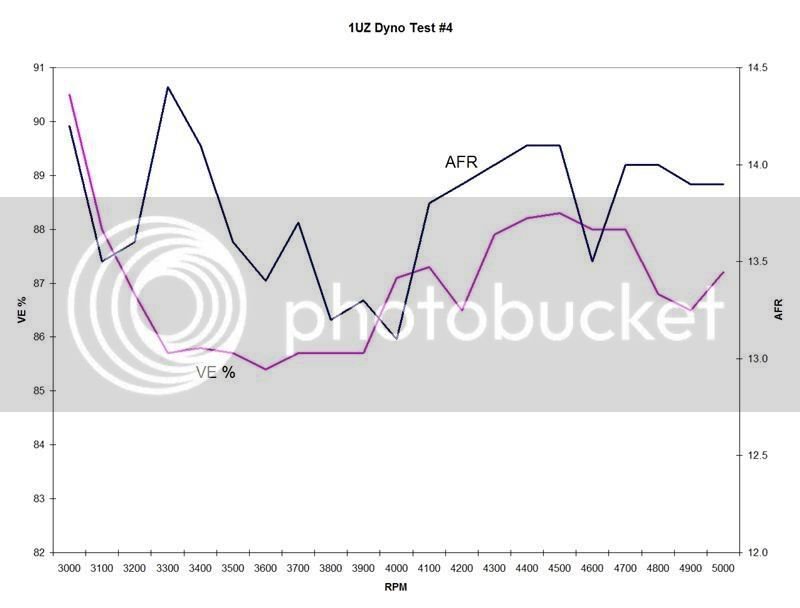
After this, I let the motor cool off, then pulled the Ford coilpacks off and put my Supra COP's back on and wired up the 2nd EDIS in parallel with the first. Surprisingly that whole operation only took an hour or so, then we fired it up again and did a couple more pulls. The COP's seemed to work just fine this time with the 2nd EDIS.
Plan for today is to put my original 390 CFM Holley back on and see if we can get it to run, as I'd intended to resell this carby once the session was finished, and if it doesn't run, then I'll just have to junk it.






